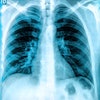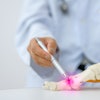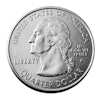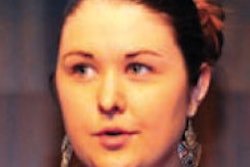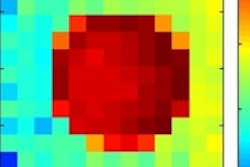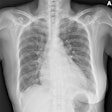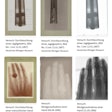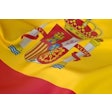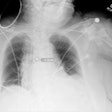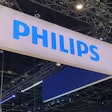
Using a laboratory source with unprecedented brightness, scientists from three European institutions have found a way to achieve high-quality x-ray phase-contrast imaging with lower radiation dose. A major goal is to find clinical applications, including cancer diagnosis and osteoporosis.
The researchers hail from the Technische Universität München (TUM) in Germany, the Royal Institute of Technology (KTH) in Stockholm, and University College London (UCL) in the U.K.
X-ray phase-contrast imaging is a method that uses the refraction of x-rays through a specimen instead of attenuation resulting from absorption. The images produced with this method are often of much higher quality than those based on absorption, according to the authors of the study published on 26 June by Physical Review Letters.
X-rays are "scrambled" to give them a random structure. These speckles encode information on the sample as they travel through it. The scrambled x-rays are collected with a high-resolution x-ray camera, with the information extracted in a postmeasurement analysis step.
From a single measurement, researchers obtain an attenuation image, the phase image, and a dark-field image, explained lead author Irene Zanette, PhD, the chair of biomedical physics at TUM. The phase image can be used to measure accurately the specimen's projected thickness. The dark-field image can be just as important, because it maps structures in the specimen too small to be resolved, such as cracks or fibers in materials.
Researchers also use a liquid metal jet as the x-ray-producing target instead of the solid targets normally used in laboratory x-ray sources. This technique makes it possible to achieve the high intensity needed for phase-contrast imaging without damaging the x-ray-producing target.
To obtain all images at once, an algorithm scans the speckles and analyzes the minute changes in their shape and position caused by the specimen.
The design is not all that highly technical. To scramble the x-rays, researchers found that a piece of sandpaper did the job perfectly well.
As a single-shot technique, Zanette and colleagues noted that speckle imaging is a perfect candidate for an efficient extension to phase-contrast tomography, which would give 3D insight into the microstructure of the intended target.
